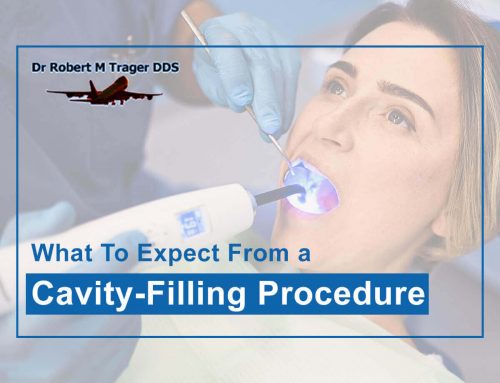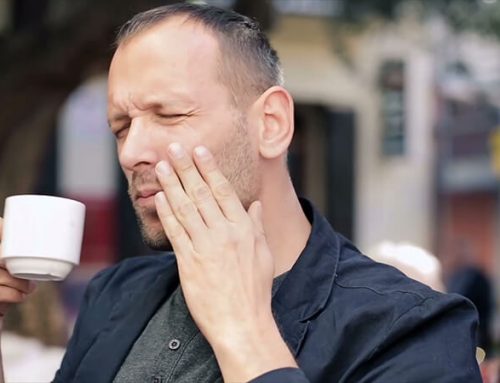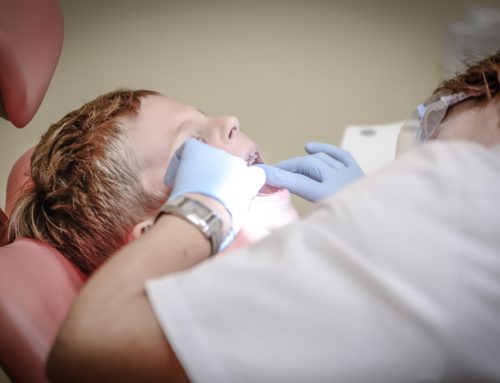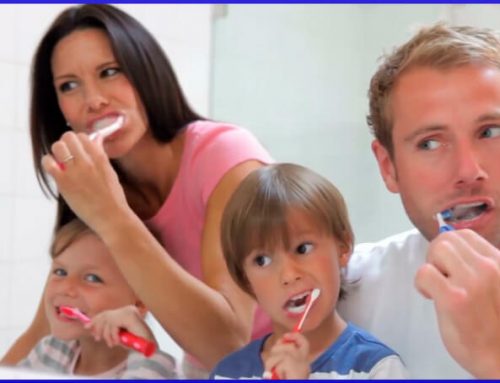
The first method many tend to use to straighten teeth is the traditional way – braces. The dentist or orthodontist will put a series of wires on the front of the patient’s teeth – though there are also lingual braces that can go behind the teeth – that are gradually tightened over time and ultimately straighten them out while correcting any over- or underbites. The result is a great smile that is often maintained with a retainer after the braces have been removed, either worn at night or all day. That will help ensure that the patient maintains the results of the braces.
What makes the braces problematic for many is that the patient often has to radically shift their eating habits… as well as being unable to do things like chew gum, which can often make the wires come loose. If something happens to the wires, it necessitates an emergency visit, which can wind up being very expensive. Also, if it happens while the patient is traveling, it can make for a very uncomfortable trip. Add the fact that there are frequent visits to the orthodontist for brace-tightening and it can be very time-consuming. There are ways of speeding it up, but it may not be feasible for everyone.
There’s one other thing – even if the patient brushes his or her teeth as diligently as possible, the very nature of the braces makes it difficult to reach certain areas. Many times has a patient had his or her braces removed only to find several cavities lurking behind them. They will have their great smile – with some extra dental fillings. Patients with braces need to go above and beyond with their tooth brushing to minimize the chances of this happening.
Another way is with changeable mouthguards – the most popular one is Invisalign, though there are other brands out there as well. The patient has a mold made of both the top and bottom of their mouth and then a customized set of mouthwear is sent. The patient wears these, often made of a clear material, hence the “Invis” in “Invisalign”. They can eat and drink as they normally do, since they remove the guards to do that and brush their teeth.
The cons of the Invisalign are that it’s way too easy to accidentally dispose of them – especially for teens hurriedly eating their lunch in the cafeteria. They pick up their tray of food, forgetting that the mouthguard is in there. The next thing they know, it’s in the trash. Parents must be VERY diligent in reminding the teens to monitor their mouthguards. Then again, it’s not like teens corner the market on being scatterbrains. Surely adults have made the same mistake with their own Invisalign.
Whatever you choose, though, Dr. Robert M. Trager will be able to help you achieve your straight-toothed smile. Contact him today to learn what he can do for you.





